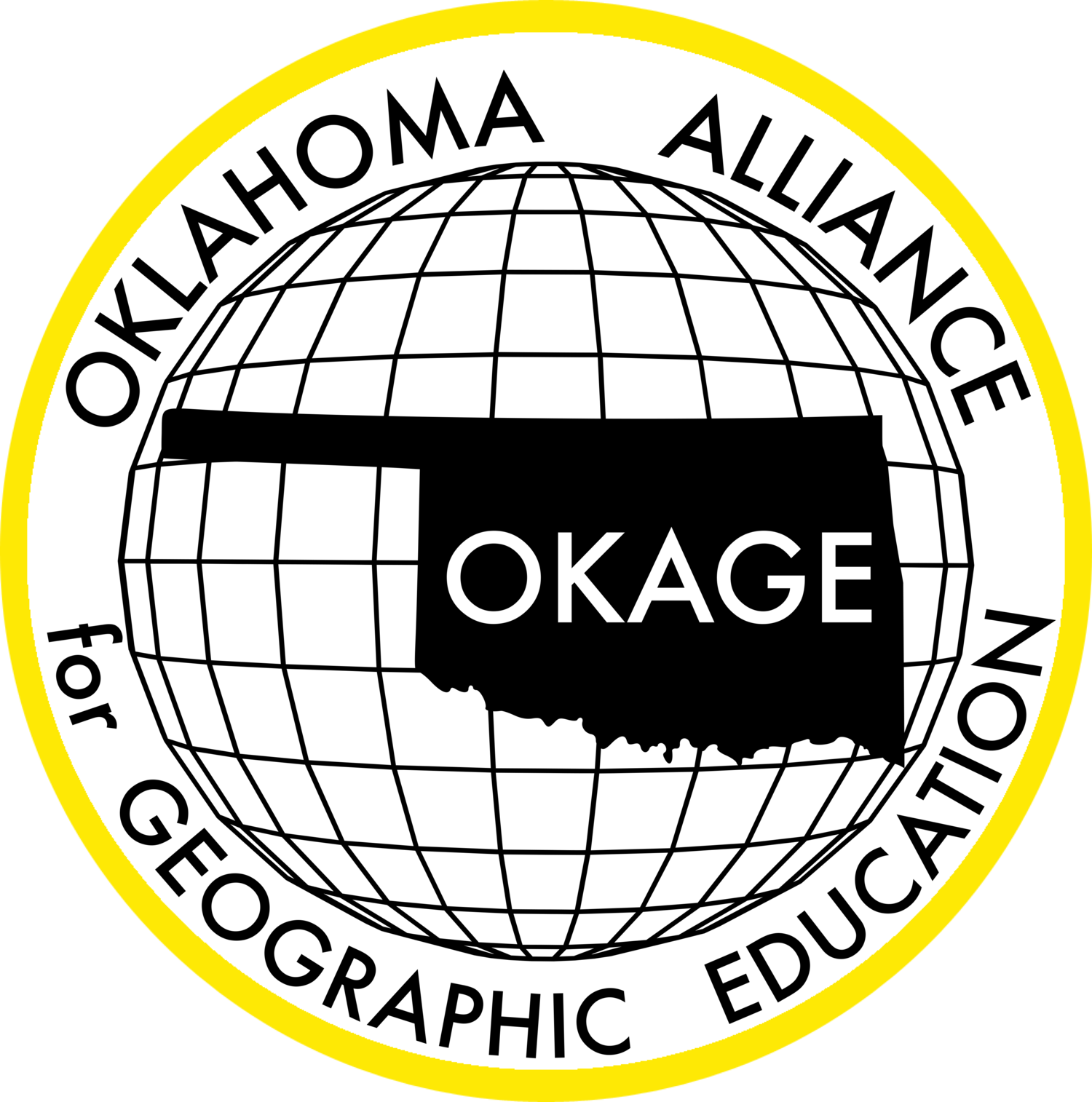Where are Water and Land Located?
EU Who?
Description: The single market economy and common currency provides a unique situation for the European countries that belong to the European Union (EU). This commonality bridges the differences between governments and languages, but presents difficulties for nations with a higher gross domestic product (GDP) in their attempt to assist developing EU countries.
Grade level(s): Middle Standards: OAS, GFL Produced By: Jayne Marley
Give Me Your Tired, Your Poor
Description: Most students will know the issues involved in historic migrations to the United States from Europe and Asia, and more recent ones from Central and South America. Fewer know of the issues involved in migrations from much of North Africa and the Arabic-speaking world to Europe. This lesson will provide information to fill those gaps of knowledge and to give students opportunities to improve their skills of visual literacy.
Grade level(s): Middle Standards: OAS, GFL Produced By: Jayne Marley
Debating the Issue: Sweden's Economic System
Mix-N-Match: Geography Essentials for the Common Core
Description: The purpose of this activity is to provide students with a sense of positive interdependence, individual accountability, face-to-face interaction, and whole class participation. This is a review activity where half the class has one part of a pair of cards and the other half of the class has the matching card. The students must change positions to find their match. They can review content and have fun at the same time.
Grade level(s): Middle Standards: OAS, GFL Produced By: Ann Kennedy
A Threat to Northern Africa: Desertification
Students will examine the process of desertification by identifying important terms relevant to this process. Students will get to analyze the cause and effects of desertification in Northern Africa by studying a regions map of Africa.
Grade level(s): Middle Standards: OAS, GFL Produced By: Denise Aguilar
China's One Child Policy
Meltdown at Chernobyl
Students will analyze the effects such an event would have on the environment, not only where it takes place, but in distant places as well, by viewing a video and examining a National Geographic article. Students will determine the changes in the environment of places distant from the explosion site, and organize these effects in a poster project.
Grade level(s): Middle Standards: OAS, GFL Produced By: Denise Aguilar
The Destruction of the Aral Sea
Three Gorges Dam Debate
Covered in Sand
Description: The entire existence of the nomadic pastoralists of the Sahel is based on the ability to move livestock from area to area to secure fresh grazing lands and water. Pressure by governments to change to a life of cultivation, years of drought, and the encroachment of the Sahara on the Sahel is endangering the lifestyle of a marginal group of people who have maintained this existence for over 800 years.
Grade level(s): Middle Standards: OAS, GFL Produced By: Jayne Marley
Nigeria's Ethnic Challenges
The first part of this lesson focuses on the pre-colonial ethnic history of Nigeria. The second part looks at how European colonization impacted the area’s development. The third part shifts the focus to modern times and the north-south conflicts of today.
Grade level(s): Middle Standards: OAS, GFL Produced By: Janet Hall
The Disappearance of Lake Chad
Students will examine how a change in the lake can directly affect the lives of humans and other living creatures. Students will determine the changes in the environment of distant places around the explosion and organize these affects in a poster project.
Grade level(s): Middle Standards: OAS, GFL Produced By: Denise Aguilar
Ancient World First Aid Culture Kit
The Decline of Oil Reserves in the North Sea
Description: Norway's once vast oil reserves in the North Sea are dwindling, and the government is facing tough choices when planning for the country's economic future. The prospect that oil might one day run out, together with the growing threat from global climate change, means the need for alternative energy sources has never been greater. A key lesson from decades of burning exhaustible fossil fuels is the importance of renewable - or at least less damaging - resources. How will Norway adjust to this threat?
Grade level(s): Middle Standards: OAS, GFL Produced By: Ann Kennedy
Rwanda- Ethnic Conflict
This lesson helps students discover the multiple elements that come together to make genocide possible. The focus of the lesson is on the role different elements of society played in causing or allowing the genocide to happen.
Grade level(s): Middle Standards: OAS, GFL Produced By: Janet Hall
Crisis in Africa: The United Nation's Mission to Feed the Children of Africa
Click on the image above to download the lesson.
Description: The United States has contributed over three billion dollars in private aid aimed at alleviating world hunger. The issue has been taken up by world organizations including the United Nations and at the G8 Conference. Concerns over food security, economic instability in Africa, education of women, growth of single crops for export (especially to China) have been addressed, and yet hunger is still a problem in Africa. Why?
Grade level(s): Middle Standards: OAS, GFL Produced By: Ann Kennedy
India Caste System
Desert People
Description:The Sahara and Sahel have been the habitat for nomadic people for over 800 years. Only in the last century has their entire way of life been threatened. Most people envision nomads as men and women wandering over the desert on a camel. This lesson is designed to show students that these groups have an established political and social structure, pastoralist-based economy, and infuse art and religion into their everyday lives.
Grade level(s): Middle Standards: OAS, GFL Produced By: Jayne Marley





















